
Introduction
01
Determining Inter- and Intra-Tumor Heterogeneity of Metastatic Prostate Cancer Through Digital Spatial Gene Expression Profiling
Research Background
Research Approach

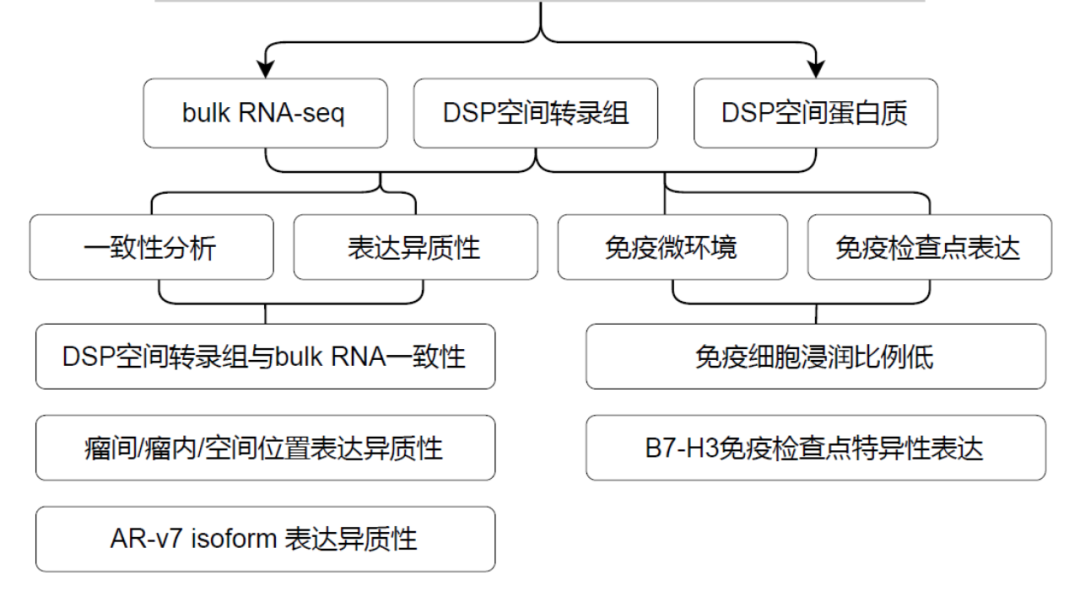
Research Conclusion
In this paper, the authors used DSP technology to quantify the transcript and protein abundance in different spatial regions of metastatic prostate cancer (mPC). By assessing multiple discrete regions of several metastatic lesions, the authors found a high level of inter-patient homogeneity in tumor phenotype. However, there were also significant exceptions, including tumors composed of regions with high and low androgen receptor (AR) and neuroendocrine activity. While the vast majority of metastatic lesions examined showed no significant inflammatory infiltration and lacked PD1, PD-L1, and CTLA4, the B7-H3/CD276 immune checkpoint protein was highly expressed, particularly in mPC with high AR activity. The authors’ results demonstrate the utility of DSP in accurately classifying tumor phenotypes, assessing tumor heterogeneity, and identifying tumor biology involving metastatic immune composition.
02
Single-Cell Atlas of Lineage States, Tumor Microenvironment, and Subtype-Specific Expression Programs in Gastric Cancer
Single-cell atlas of lineage states, tumor microenvironment, and subtype-specific expression programs in gastric cancer
Research Background
Research Approach
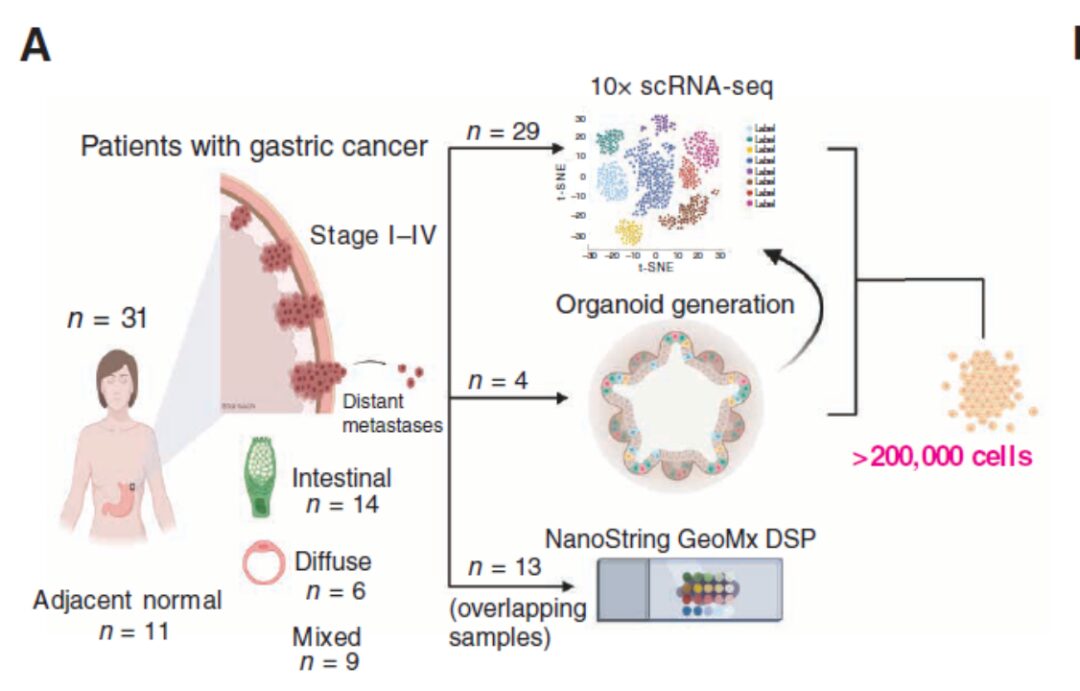
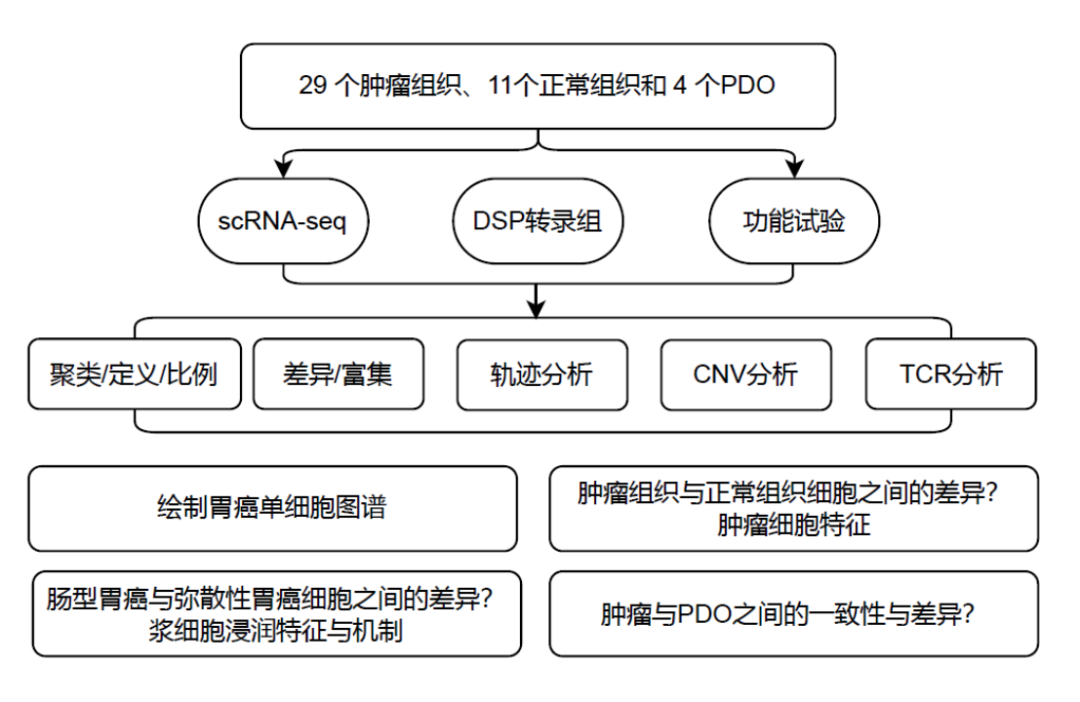
Research Conclusion
This paper analyzes gastric malignancies at single-cell resolution and identifies an increased proportion of plasma cells as a new feature of diffuse-type tumors. The authors also discovered different cancer-associated fibroblast subtypes, with the high INHBA-FAP cell population serving as a predictor of poor clinical prognosis. The authors’ findings emphasize the potential origins of dysregulated cell states within the gastric tumor ecosystem.
03
Nongenetic Evolution Drives Lung Adenocarcinoma Spatial Heterogeneity and Progression
Research Background
Research Approach

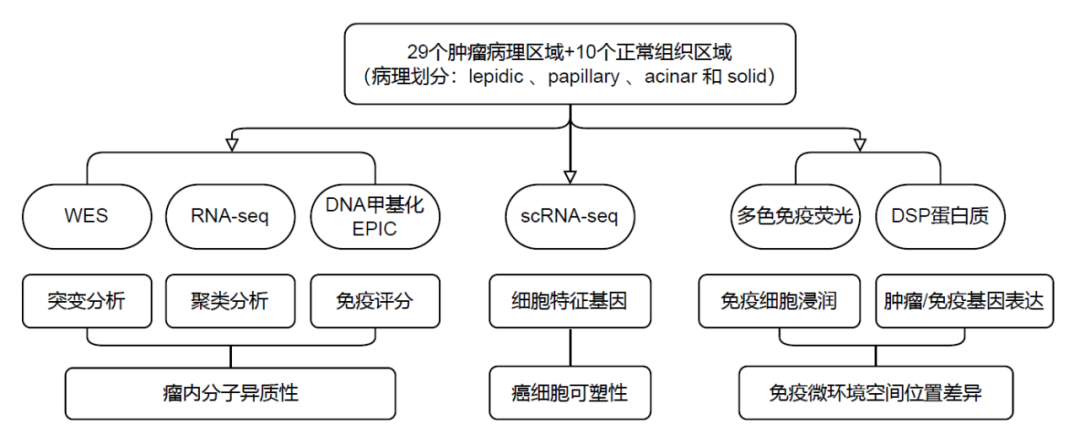
Research Conclusion
The research results provide a detailed molecular map of intra-tumoral spatial heterogeneity in lung adenocarcinoma, tracing the nongenetic pathways of cancer evolution. The authors classified lung adenocarcinoma based on the prevalence of histological patterns; however, individual tumors exhibited multiple patterns with unknown molecular features. The authors described the nongenetic mechanisms of intra-tumoral patterns and molecular markers predicting patient prognosis. Intra-tumoral patterns determine different immune microenvironments, providing a basis for research in the context of current immunotherapy.
04
Opposing Immune and Genetic Mechanisms Shape Oncogenic Programs in Synovial Sarcoma
Research Background
Research Approach
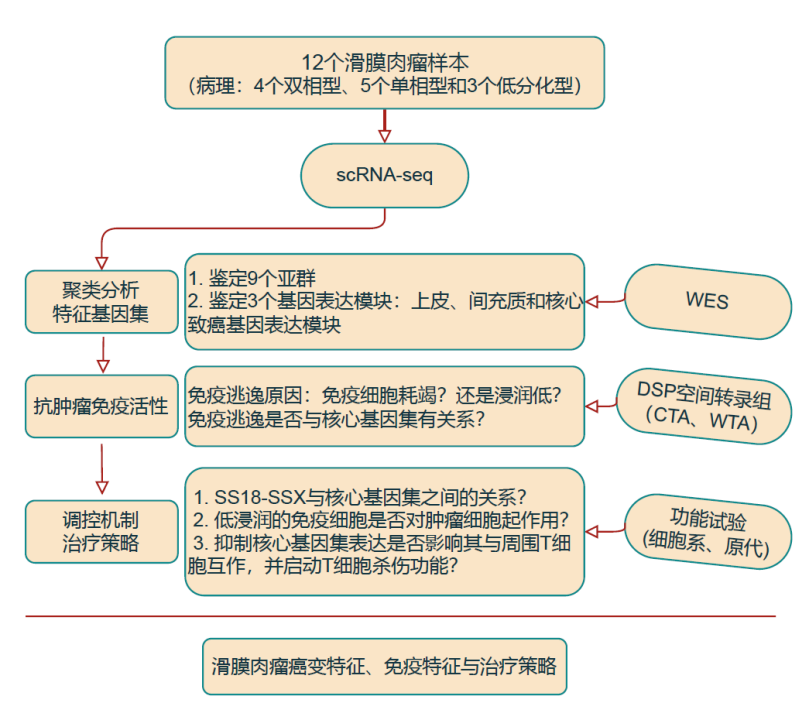
Research Conclusion